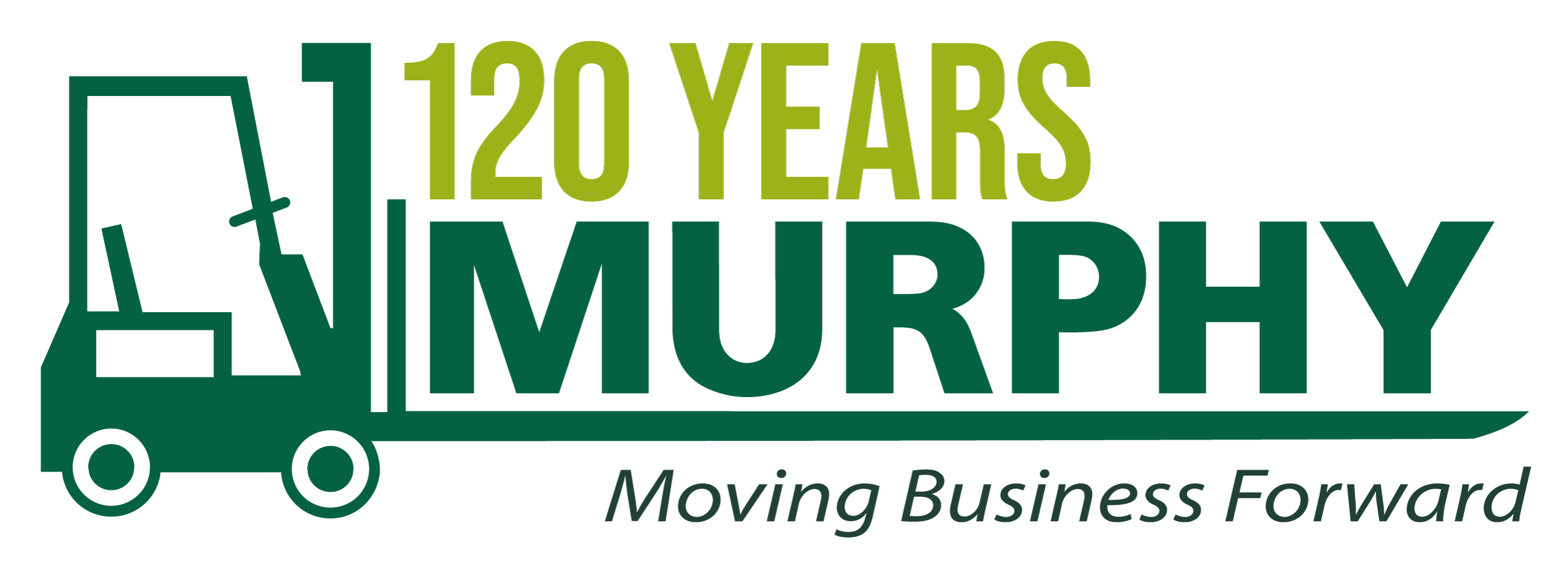Shipping products throughout the nation on the rail can be one of the most effective and efficient modes of transportation. Whether shipments are heavy and can’t be transported over the road or you are looking for an efficient, cost saving means of transportation, rail shipping can be a great fit for many businesses. Most of the time rail shipments will use intermodal drayage to get containers from the rail yard to the warehouse. Learn about both of these means of transportation in todays post.
Rail Shipping
As one of the oldest forms of transportation, dating back to the 1800’s, many people find it interesting that it is one of the most efficient forms of shipping material throughout the nation. Rail sidings and train tracks are spread throughout the nation, providing a safe route for billions of pounds of product to be moved every day. When product can’t be shipped over the road due to size or weight constraints, rail shipments tend to be the most economical and safest option. Loading and unloading rail cars should be done by a trained staff to keep equipment and products safe. At Murphy, indoor close clearance rail sidings allow us to service boxcars and flat cars with the best possible service.
Intermodal Drayage
Intermodal transportation is a term used when more than one service is used to move a product to its final destination. The most common form of intermodal transportation is the use of rail shipments in containers and drayage shipping to the final destination. Drayage shipping is generally a short run from the rail siding into a warehouse. Companies that provide drayage shipping are usually a specialized carrier that has the equipment to move a container from the train to the chassis in order to be trucked to the warehouse. At Murphy our convenient and professional brokerage team coordinates drayage shipments from the rail yard into the warehouse for our clients. We partner with top quality intermodal carriers to ensure the safe and efficient delivery of our client’s product.
One of the most common intermodal moves is a transload – when a container is brought into the warehouse and the product is moved into another vehicle (usually a 53’ dry van) to be transported to its final destination.
Over the next few weeks we will continue to explain different transportation options and highlight their benefits and options. Follow our blog for weekly updates on our growing logistics industry and business!
Have a wonderful day!

